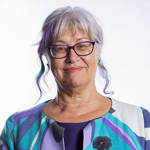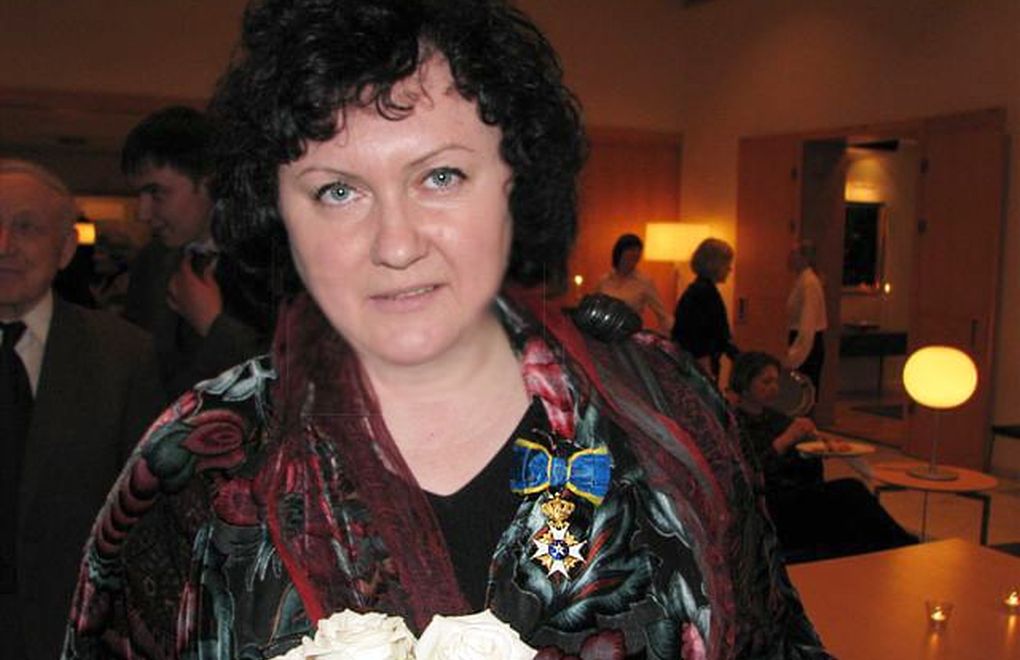The development of educational programs aimed at the mainstream media is not new, as other civil society organizations and journalists' organizations have done similar things. However, BIA 2, which was founded in 2000, has reached local journalists in the greatest numbers by implementing this series of training programs.
What is new about this project? The subject matter and areas of focus are more diverse than in previous programs of this sort, and all of the BIA2 educational programs take place with the goal of defining and spreading "ethically and politically responsible journalism." As a part of this aim, the organization is giving seminars on "women's rights and rights-based journalism," the first of which takes place in Batman on 17-18 September.
"Rights-based journalism," is generally understood to mean that the media reports violations of human rights, follows rights issues, and in this way protects and improves rights, thereby aiding democratization. But "rights-based journalism" goes beyond this: it also means that no matter what is being reported, there must be no violations of rights in the reporting itself.
As for the media in Turkey and around the world, it is evident that the mainstream media does not always achieve the first of these aspects, and does not feel a serious concern about the second. In this situation, what does women's rights-focused journalism mean?
Now, one need not be a feminist to say that women encounter discrimination, although to varying degrees, and for reasons tied to their location in different places around the world and their different religious, cultural, national, ethnic, racial, class, and educational backgrounds, as well as all of these differences in intersecting forms. That is, a poor, black woman and a wealthy, white woman have a common complaint-although the second, in comparison to the first has privileges and moreover remains in a hegemonic position; each suffers discrimination to varying degrees.
A space that promotes discrimination: the mainstream media
One of the spaces in which this discrimination is produced on a daily basis is the mainstream media. The mainstream media-in all its formats, its types of literature, in the manner of its narration and its demonstrations-reproduces a discourse that affirms the secondary status of women and portrays them as dependent on men, defines them according to men, with the dominance and inequality present in everyday life.
Of all forms of narration, the least explored and most veiled is that of the news. First, news reinforces the claims that men are objective, impartial, and just. Often the presentation of the news and the selection of representatives and "experts" ascribe intelligence to men and emotion to women, and men are described with adjectives related to intelligence, and virtues such as "being objective, impartial, and just."
Male news
With regard to the language used in the news, it is the most veiled, closed, and suppressed text. That is, the rules for writing news mean that it is necessary to create the impression of being an eyewitness to events-so that what is read, what is heard, what is seen, is believed to be correct, even factual (especially in the case of television news). You cannot explain a traffic accident in the inferential past tense (a grammatical expression in Turkish that is used to describe hearsay or unwitnessed events).
For example, as a reporter, you cannot say, "Last night in the traffic accident that took place around seven o'clock, 5 people were apparently wounded, and one was apparently killed." Because the language of the inferential past tense is the language of "storytelling and gossip." If that's so, then who is the "storyteller" and the "gossip"? While writing the news, one especially learns the need to avoid certain choices of vocabulary and stress, and these choices are fraught with meaning. That is, in the case of the vocabulary that you choose to narrate the death of someone in the aforementioned accident, different readings are possible, and you cannot use a phrases such as "he moved on" because it lacks certainty.
But it is necessary to disbelieve and distrust the factuality, the directness, and truth of what you write-even if it is not possible. Although whatever reporters do, the reader has a clear freedom to understand as they wish. Maybe the contrasting example of "humor" will not be discomfiting: it does not suppress meaning, but leaves it open. But the news does not risk establishing meaning according to the wish of the reader, listener, or viewer-for this, meaning remains closed insofar as possible.
Now remember: to whom are virtues such as "being sincere" and "being true to one's word" attributed in the language of daily life? On the one hand, there are sayings such as "a man's word," "an honest Joe," "a man of his word"; on the other, sayings like "if a word's truth does not emerge, it wears a skirt like a woman?" and "the sea is like a woman-it cannot be trusted." After all, is not someone who betrays their word characterized as a "kancık" (a term that means both "bitch" or "woman," and "back-stabbing" or "false")? To summarize, the language that feminists have also brought to our attention is male-centric and takes men as its point of reference-and news is the "most manly" media format.
Men as the subject of news
An identical news language and form of narration is expressed in a "masculine" fashion. You know how women who present the news on television are dressed as an indication of the seriousness given to them. The presentation of the news by half-naked presenters is just another dimension of the masculine focus of the news.
And like the presentation of the news, its subject is also male-centric. The subjects of the news are mostly men. It doesn't matter who, whether businessmen, workers, experts, rich men, or poor men: news is mostly written about men. Certainly, more news is reported about rich men than about poor men, but the news gives even less weight to poor women than to poor men.
If that's so, then when are women in the news? In accordance with the golden rule of reporting-"when a dog bites a man it's not news, but when a man bites a dog, it is,"-the answer is, when they have done something out of the ordinary. For example, their rise of women in professions known as "male professions"; "the first woman on the Constitutional Court," or a woman who is appointed director of a company-such women might be portrayed in the news. But in these two situations, the language of the news does not break free from describing them as "businessmen." Why should a journalist stop writing "the businessmen came together" when there is only a single woman among them?
Besides, with the majority of this increase resting on the basis of social class, let us continue to look at in what cases wealthy women are the subject of news-by being "the lover of a famous man, his wife, his mistress," or "being the subject of an old lover's anger, and caught with cassettes or photographs of special moments...."
And poor women? It is as is they never existed. They become the subject of news as victims of honor crimes-and even in this situation there are never photographs that will show them-or as "victims of rape," as "a woman stabbed by her husband in hundreds of places," or "the stepmother who treats her stepchildren with violence"-and are shown as such. Essentially in this situation, it would be more accurate to say they are "displayed."
Gender Discrimination in News Sources
Just as women are much less often-or not at all-the source of news, they are less often its source as well. Journalists think more often of male experts-doctors, academics, psychiatrists, engineers, and so forth-as sources for correcting the news, suggesting opinions, and strengthening the claims being presented. That is, it is generally accepted that among journalists' news sources, educated women appear less often than men, or not at all-if the subject by all means does not require it. Or more often, their expertise is applied only to subjects related to women.
In short, regardless of the mainstream media's lack of reporting on rights violations concerning women, because of with traditional journalism's definitions and applications, the news itself can be a violator of women's rights. In order to protect against this violation, it is necessary that journalism be focused on problems that easily escape our gaze.
Lastly, if I may repeat what I said at the very beginning of this article: in the BIA 2 local media education program and the "women's rights-focused reporting" training, there is something new and different from its predecents. This a twofold phenomenon--both because it works to make prevalent a journalism that, in contrast to generally-prevailing journalism, follows and reports violations of women's rights in order to aid the improvement and protection of those rights, and because it aims to create news and reporting with a style of narration in which women are the focus, reference, language, subject, and source.
Another education program that will be a first- BIA 2's "Children's Rights Reporting" training-is coming in the future. (SA/EA)
* Associate Prof. Dr. Sevda Alankus, BIA2 journalists' training advisor and the dean of the Faculty of Communication in the Eastern Mediterranean University in North Cyprus.






